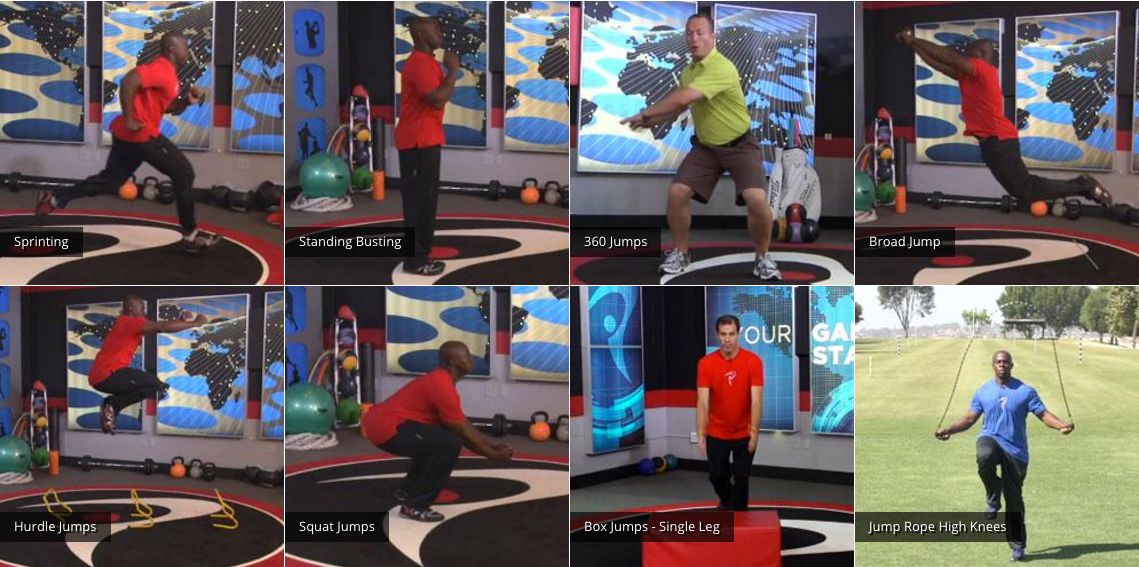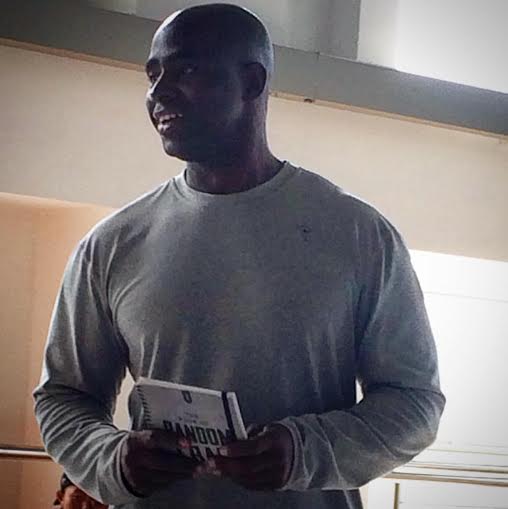IMPROVE MY GAME
Articles
Why Sprinting is a Key Developmental Exercise for Young Golfers
A coach’s task, in its most basic sense, is to put an athlete in positions where the athlete can achieve the most personal or team-oriented success.
As a strength and conditioning professional, that thought process occupies a permanent spot at the front of my brain, and therefore, my programming. My job is to help create an athlete or to make an athlete better.
The philosophy at MILO – LIMITLESS FITNESS is simple, but multilayered, and it’s a philosophy that’s a system with ample breathing room.
We have a series of assessments that we prioritize before integrating new athletes into a strength and conditioning program.
Our first goal is to determine how they move. We do this by implementing the Level 1 TPI screen. If an athlete isn't moving efficiently, we do what we can to fix it (or, if pain is present, we refer to a medical professional). After assessing an athlete's movement, we then look at glute activation and strength. Doesn’t matter how strong the glutes are if the brain isn’t communicating with them. Then, it’s on to core sequencing and strength.
This meshes well with the TPI philosophy of making sure the kings (glutes) and queen (core) are functioning properly.
In addition to movement screens, we use a combination of assessments found in the TPI Junior and Fitness tracks, combined with additional stability, strength, power and speed tests to gather the information needed to help the athlete.
The next step is where I deviate a bit. I love, love, love sprinting! Every athlete who comes through our program will learn how to sprint or how to sprint better.
Michael Kim (now on PGA Tour), Anthony Paolucci (Latin American Tour), Alberto Sanchez (Latin American Tour), Hannah Kim (WCGA All-American and two time Big-10 Player of the Year) all went through the aforementioned programming. All learned to sprint better.
Want to create a better athlete? Create a better sprinter. Sprinting involves a use of total body musculature and coordination that is conducive to performing well in all sports. Think back throughout your life. Odds are good that the people who were able to run short distances (100m, 200m, 400m) fast just happened to be pretty good playing numerous sports. In fact, I don’t know anybody who is extremely fast who is a poor all-around athlete.
At one point, I even put out a challenge to a few high school athletes and coaches who were wary of “golf fitness” - five of my “golfers” vs. five of their football, baseball, basketball, soccer or whatever players, competing in 10 different sports.
No takers.
I get asked the old “If you had one exercise” question quite a bit, and without hesitancy, it’d be teaching the athlete how to sprint.
For instance, take Brooke Seay, a 16-year-old who played in her first Women’s U.S. Open last week - making the cut.
Brooke has trained in group and personal settings, off and on, with us since she was 10. Though she started with us at 10 years old chronologically and physically, Brooke was a bit older in terms of "physiological" or "mental" age. She could handle more technical information, grasping concepts of sprinting mechanics and movement patterns easier and translating them into action.
Brooke isn’t the world’s best sprinter, nor should she try to be, but I’m positive sprinting with more efficiency helped her become a better golfer – and soccer player. As a coach, it’s our job to meet the athlete at the athlete’s level of understanding, and progress from there. We met Brooke at her level and helped her progress.
Coaches, we have to have systems that allow for teaching 3-year-old superstars AND 15-year-olds who’ve only played golf all their lives.
I’m not naïve. As much as I would want every athlete we train to be a product of a multi-sport past, the reality is we are getting more and more athletes specializing earlier and earlier.
How do we, as golf fitness professionals, combat this? Read the first sentence of this post again. “Athlete” is the most important word in that sentence. If we have a golfer and not an athlete, it’s our task to help create an athlete.
Enter Shane Ffrench.
Shane started with us as an 8th grader who has only played golf.
“Can’t get him to do anything else,” his dad told me before laughing. “That’s why I brought him to you!”

Shane is about to enter his sophomore year of high school. He has already committed to playing golf at the University of Southern California. He is becoming a better athlete with each training session, which is a must because the various professional tours are bursting with multi-sport athletes who will have all the advantages of multisport backgrounds.
Golf is it for Shane and few others we have. I’m sure many reading this have the same issue. Doesn’t matter how much we might want differently, this is the reality. And this actually has enabled me to create an additional perspective.
Just as we must meet the athlete at the athlete’s level of understanding, we must also meet the athlete at the athlete’s reality and progress from there.
This is just a peek into our thoughts on helping create amazing young athletes. There are several avenues available if you’d like to learn more about it. 1. If you haven’t done it, take the TPI Level 2 & 3 courses. 2. We have a 4-day mentorship program here at MILO that covers all discussed here and much more. 3. We will have the first Coalition for Launching Active Youth (C.L.A.Y) certification seminar in September here in San Diego.
You can go here for more information.

Milo Bryant is the founder and head coach of C.L.A.Y. and is a TPI Advisory Board member. C.L.A.Y.'s mission is to educate trainers and coaches in the best methods of coaching young athletes. Coach Milo lectures and presents nationally and internationally about youth fitness training. /